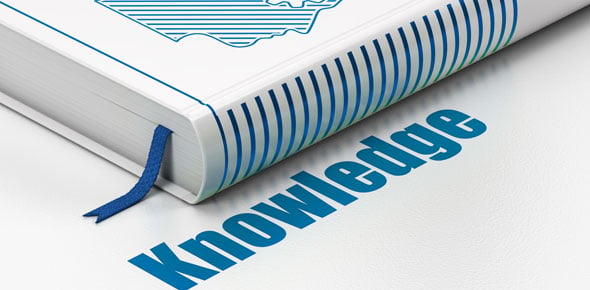Wild West Trivia

Test you knowledge of the history of the U. S. West by answering 10 fun trivia questions!
- 1.
Who were the original "forty niners"?
- A.
An outlaw band
- B.
49 famous lawmen
- C.
California gold rush immigrants
- D.
Citizens of the 49th state
Correct Answer
C. California gold rush immigrantsExplanation
Gold was discovered at Sutter's Mill near Sacramento, California in 1848. In the following year hundreds of thousands of gold-seeking adventurers journeyed to California from the Eastern parts of the United States, from Europe, from South America and from Asia. These California immigrants were called "forty niners" as most of them arrived in 1849.Rate this question:
-
- 2.
What is "the deadman’s hand"?
- A.
A famous rock formation in Utah
- B.
The severed hand of the dead outlaw Jesse James
- C.
A coin held by Billy the Kid when he died
- D.
The poker hand held by Wild Bill Hickock when shot
Correct Answer
D. The poker hand held by Wild Bill Hickock when shotExplanation
On August 2, 1866, in the mining town of Deadwood in Dakota Territory, the famous gunfighter, Wild Bill Hickock was killed while playing poker in a local saloon. He was shot in the back of his head by a man named Jack McCall. In Hickock's hand were a pair of aces and a pair of eights. Ever since, this poker hand has been known as the dead man's hand.Rate this question:
-
- 3.
How many Native American (Indian) tribes are in the USA?
- A.
565
- B.
127
- C.
1084
- D.
36
Correct Answer
A. 565Explanation
There are 565 Native American tribes officially recognized by the government of the United States.Rate this question:
-
- 4.
What is a Chuckwagon?
- A.
A type of stagecoach
- B.
A wagon for transporting feed and grain
- C.
A mobile kitchen
- D.
A wagon for transporting gold and silver ore from the mine
Correct Answer
C. A mobile kitchenExplanation
On the great trail drives, when thousands of heads of cattle were moved over a thousand miles from South Texas to the Northern markets, it was difficult to recruit cowboys willing to spend three or four months living and working outdoors. Charles Goodnight, a Texas cattle rancher and trail drive organizer, realized that good food on the trail was an inducement to hiring good cowboys. He purchased some sturdy army surplus supply wagons and fitted them with mobile kitchens. These were used along the trail by cooks (usually called cookie) to feed the hungry cowboys. They became known as chuckwagons.Rate this question:
-
- 5.
Who were the "vigilantes"?
- A.
Volunteer firemen in the western towns
- B.
Citizens that banded together to enforce the laws
- C.
Men who watched over cattle herds at night
- D.
Border patrol watchmen
Correct Answer
B. Citizens that banded together to enforce the lawsExplanation
In the settlement of the western states, especially during the great "gold rush" following 1848, law enforcement was ineffective or non existent in many of the new communities. In some cases, local citizens banded together to form vigilance committees and enforced extra-legal justice and punishment on criminals. Members of these societies were known as vigilantes.Rate this question:
-
Quiz Review Timeline +
Our quizzes are rigorously reviewed, monitored and continuously updated by our expert board to maintain accuracy, relevance, and timeliness.
-
Current Version
-
Jan 29, 2013Quiz Edited by
ProProfs Editorial Team -
Sep 06, 2011Quiz Created by
Usatourist
- Aptitude Test Quizzes
- Course Test Quizzes
- Driving Test Quizzes
- English Test Quizzes
- FCAT Quizzes
- Intelligence Test Quizzes
- Medical Test Quizzes
- Mock Test Quizzes
- Philosophy Test Quizzes
- Practice Test Quizzes
- Pretest Quizzes
- Safety Test Quizzes
- Skill Assessment Quizzes
- Spelling Test Quizzes
- Standardized Test Quizzes
 Back to top
Back to top


